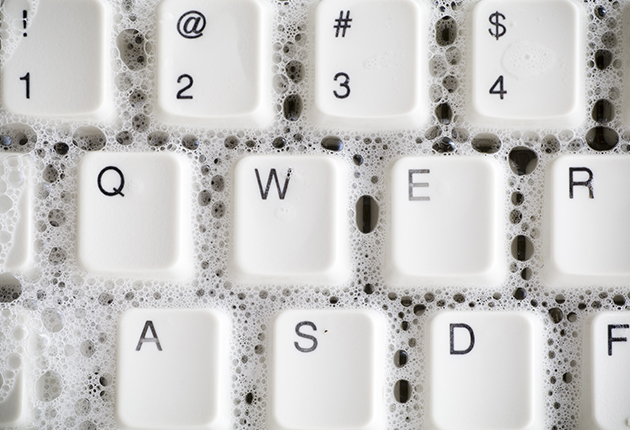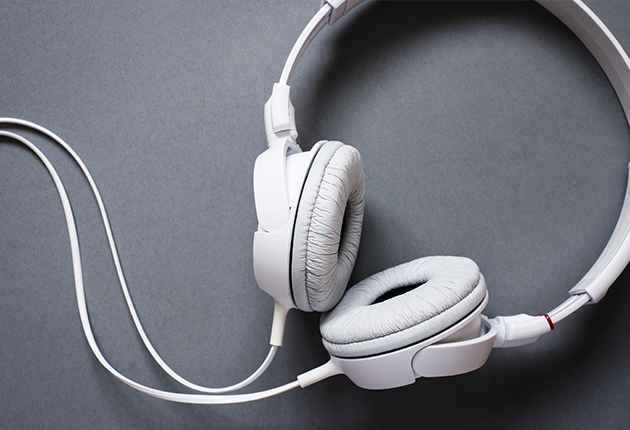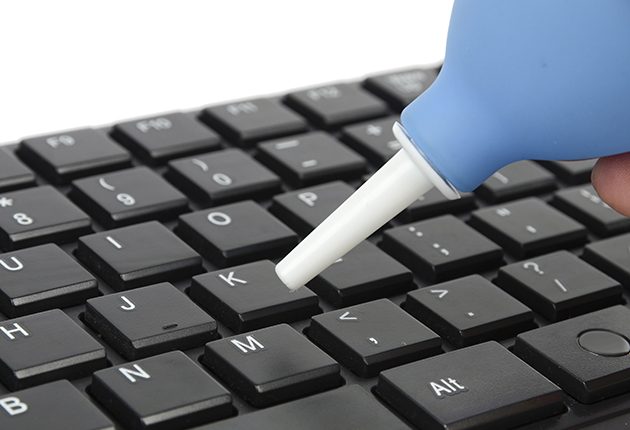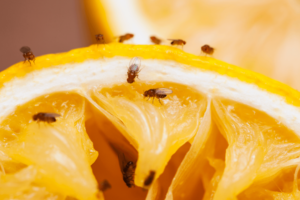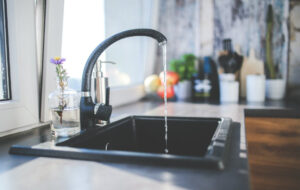Earphones, smartphones, laptops, tablets… We are fully equipped with all sorts of new tech gadgets, but how clean are they really? Did you know that your dirty devices might be giving you the flu or even causing breakouts! This is because we use most of these items on a daily basis, imagine the amount of bacteria and dirt that comes in contact with your tech items.
A little cleaning goes a long way. Helpling, the online marketplace for household services, has listed down a few useful tips on how to maintain good tech hygiene.
Earphones
Why are they so dirty?
Frequent use of earphones or headphones can be a simple recipe for acne breakouts and skin infections. This happens as the sweat and moisture collected around the earphones compresses your skin and encourages bacteria to multiply, according to a dermatologist at the skin care advisory board. Using earphones for one hour can increase the bacteria in your ear by 700 times. Try to limit the usage of headphones and keep them sterile to avoid an excess buildup or bacteria, sweat, wax and dust.
How to clean:
Dip a cloth in soap-water solution to wipe the earphones. Make-up removal tissue are also a great cleaning alternative.
To clean silicone detachables or the metal parts, also a dry brush – Be gentle!
Caution:
Avoid sharing earbuds! According to a study, harmful bacteria can transfer quite easily from one’s ear to another.
How often to clean?
Your headphones should be wiped daily. Also, to reduce transferring bacteria to your headphones, make sure your skin is clean and bacteria free! The frequency of a good wipedown depends on how often you use your earphones or headphones. For leather mufflers, a weekly wipe is advisable.
Smartphones and Tablets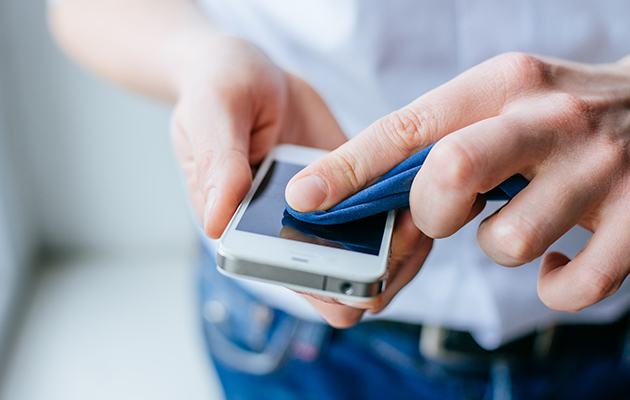
Why are they dirty?
Studies found that smartphones has ten times more bacteria than a toilet seat – bacteria including staphylococcus. According to a survey, 75% of us use our mobile phones in the bathroom. It was shocking to discover from an analysis of handset devices that almost one quarter of mobile phones had ten times more bacteria than the acceptable TVC (Total Viable Count) for bacteria to meet proper hygiene. The analysis also stated that the dirtiest handphone contained 170 times more faecal coliforms than acceptable levels. So leave your phone in your bag, next time you go to the bathroom.
How to clean:
Switch your devices off and remove your phone covers before cleaning
Clean your phone regularly with a microfiber cloth.
For a deeper clean, disinfect and remove excess dirt with a mixture of water alcohol or water and vinegar.
Soak your silicone phone covers in warm, soapy water, this should help to remove any discolouration.
When you’re done with cleaning, leave the phone to dry completely before turning it on again.
Caution:
Don’t use a hair dryer to speed up the drying process, your electronic devices have a lot of sensible components that could be easily damaged by the hot air.
How often to clean?
Wipe the screens every other day and set aside a weekly or bi-monthly routine for a thorough clean (depending on how much you use it).
Laptops/Notebooks
Why are they dirty?
Your notebook keyboard holds 5 times more bacteria than a toilet seat, including the harmful E.Coli and staphylococcus. Studies have also found more than 3,000 organisms per square inch on keyboards and more than 1,600 on your mouse. They can lead to diseases and food poisoning as the organisms can be transferred when you touch your mouth or eyes.
How to clean:
To clean the screen, mouse and other flat surfaces, the process above works fine. For the keyboards:
Make sure the notebook is off/keyboard is unplugged.
Brush off loose dirt or dust on the keyboard with a big soft brush. You can also spray compressed air to remove the dirt between the keys.
A cloth with alcohol can be used to remove stains, but a little goes a long way! You don’t want to flood your keyboard
Only turn your computer back on when it’s completely dry
Caution:
Avoid vacuuming your keyboard or notebook pad with a normal vacuum cleaner, it can potentially damage the components.
If overheating still occurs, contact the manufacturer for the service.
How often to clean?
Once a month, or more, depending on how often you use it!
Smart Watches
Why are they dirty?
As with your smartphone or tablet, the screens of smart watches come in contact with your fingers on a regular basis, picking up grease, skin and general grime. In addition, the strap on the watch collects a lot of sweat and dead skin.
How to clean:
Diluted soap in tepid water or a 1-20 solution of vinegar and water
With the help of a cotton bud, dip it into the solution and access those hard to reach areas
Clean the straps vigorously with absorbent wipes, as they collect a lot of dirt and mildew.
Caution:
A waterproof is easier to clean than a non-waterproof one!
Switch the watch off, before cleaning, and allow to dry thoroughly before turning back on
Don’t soak your smartwatch if it isn’t waterproof – you will break it!
Don’t soak leather strapped watches – you may ruin them. Instead wipe them down with a cloth dipped in the aforementioned solutions
How often do i need to clean?
Wipe your screens daily to remove any dirt. Your wristband can be cleaned once a week and give it a deep clean once every half year or so.
